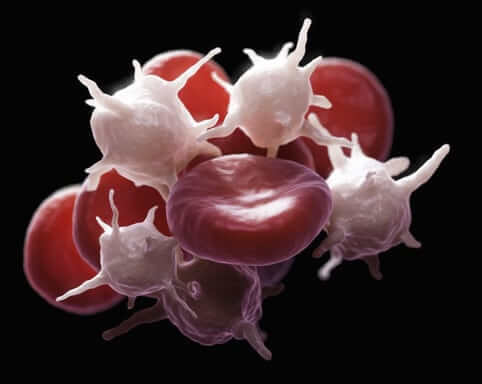Reviewed by Janet D. Pearl, MD, MSc
Morton’s neuroma is clinically defined as a progressive entrapment neuropathy that of the plantar digital nerve. Besides 3rd and 4th metatarsal region, a fair number of cases are also reported in the first two inter-metatarsal spaces.
Fortunately, nearly all cases of Morton’s neuroma are managed by non-surgical methods initially with conservative measures and if necessary ultrasound guided ablation procedures. Although, more than 90% patients achieve complete remission or remarkable improvement in the intensity of pain symptoms; about 10% patients does require micro-invasive therapies or surgical intervention to maintain normal quality of life.

Platelet rich plasma therapy (abbreviated as PRP) is the re-administration of the patient’s own platelets to activate the body’s natural healing cascade for repair and regeneration(1). PRP has been successfully used for the management of several musculoskeletal conditions such as ligamentous tear, joint inflammatory disorders, tore tendons and muscular ailments(2). PRP is prepared by centrifuging a small amount of patient’s blood to obtain a platelet-rich sample. The platelets are activated and then injected. In most cases, the treatment can be completed in one session; however, multiple courses of PRP can be safely performed depending upon the response to the therapy and clinical indications.
The treatment exert positive effects via multiple mechanisms including:
Platelet Rich Plasma injections can be very helpful in post Morton’s Neuroma surgery pain. In fact, we often recommend Platelet Rich Plasma injections in post Morton’s neuroma surgery pain cases. Your body’s natural growth factors can be very helpful in fighting some of the complications that can occur with Morton’s Neuroma surgery. In fact, we’ve had some great results with PRP in patients with post Morton’s neuroma surgery pain.
Platelet rich plasma injection therapy is usually well-tolerated by patients. In a small percentage of individuals, mild complications/ adverse effects are observed such as:
Most of these side effects are temporary and resolve spontaneously within a couple of days after the initial procedure. You can also use non-steroidal anti-inflammatory drugs or over-the-counter analgesics to resolve these temporary symptoms.
The results of platelet rich plasma therapy can be further improved by using ultrasound guidance to increase the precision of the injection. Additionally, ultrasound guided PRP injections are associated with minimizing the risk of post-procedure pain and discomfort.
Although the treatment is generally well-tolerated by individuals of all age groups, there are certain contraindications to PRP Injections. For example:

References:


By providing us with your information you are consenting to the collection and use of your information in accordance with our Terms of Service and Privacy Policy.